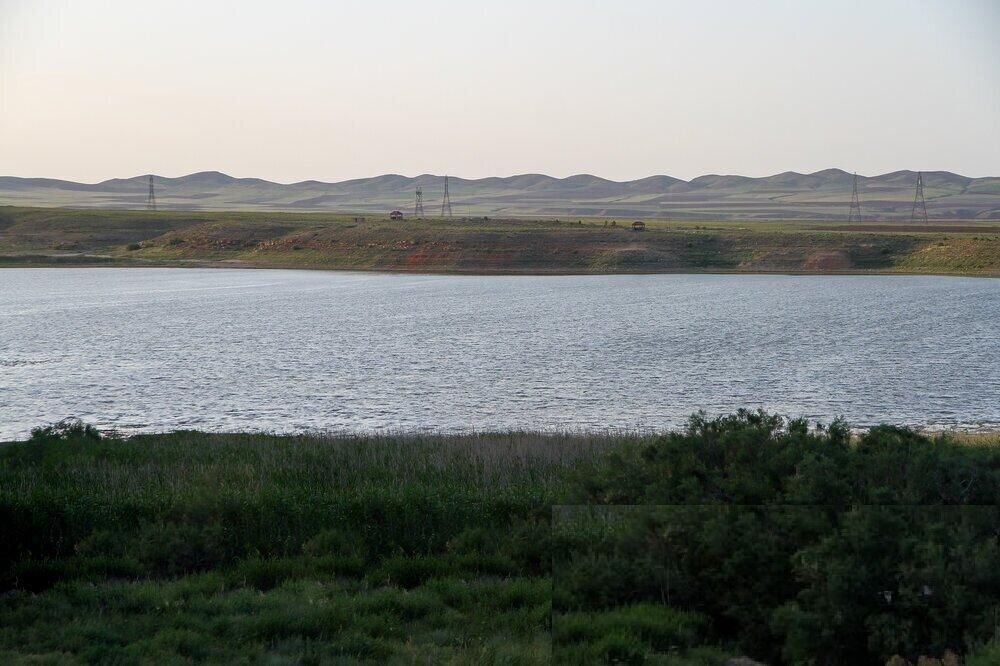Heavy rainfalls revive dried lake in northeast

TEHRAN –Bazangan, the largest natural lake in the northeastern Khorasan Razavi province, has been revived thanks to recent heavy rainfalls.
Measuring around 80 hectares, the lake completely dried out last year due to drought, IRIB reported.
The increased precipitations in spring as well as the renovation of canals that transfer water to the lake have contributed to the revival of the dried-out lake. The status of Bazangan Lake is favorable now.
Surface waters and three main streams in the wetland that flow into the lake provide a significant portion of its water supply.
Presently, the lake hosts migratory birds passing summer in the region as the surrounding vegetation has recovered as well.
Bazangan is a great habitat for aqua and waterside birds during different seasons. It is also used for fish farms, particularly salmon. Having unique features, the lake has important research value; it is also known as a national heritage.
Preservation of wetlands with an ecosystem approach
The ecosystem approach for the protection and management of 46 wetlands across the country is being used.
The approach is based on the application of appropriate scientific methodologies focused on levels of biological organization, which encompass the essential structure, processes, functions, and interactions among organisms and their environment.
It was launched in the Iranian calendar year 1384 (March 2005-March 2006) in Parishan and Shadegan wetlands as well as Lake Urmia, ISNA reported.
The Convention on Biological Diversity (CBD) defines the ecosystem approach as “a strategy for the integrated management of land, water, and living resources that promotes conservation and sustainable use in an equitable way".
It goes beyond examining single issues, species, or ecosystem functions in isolation. Instead, it recognizes ecological systems for what they are: rich mixes of elements that interact with each other continuously. This understanding is particularly important for coasts and seas, where the nature of water keeps systems and functions connected.
The Approach is also a way of making decisions in order to manage human activities sustainably. It recognizes that human activities both affect the ecosystem and depend on it. Thus, it aims to improve the way human activities are managed for the protection of the marine environment.
In 2015, the DOE initiated an effort with the United Nations Development Program (UNDP) aiming to preserve and revive the country's wetlands.
In the next phase in 2017, the government of Japan supported the project focusing on the sustainable management of water and soil resources around Urmia Lake as well as Shadegan and Bakhtegan wetlands.
It is a five-year plan, voluntarily supported by Japan, to take advantage of both their financial and technical assistance, ISNA quoted Mojtaba Zoljoodi, an official with the Department of Environment, as saying. Three years have passed since the implementation of the project, he added.
MT/MG
Leave a Comment